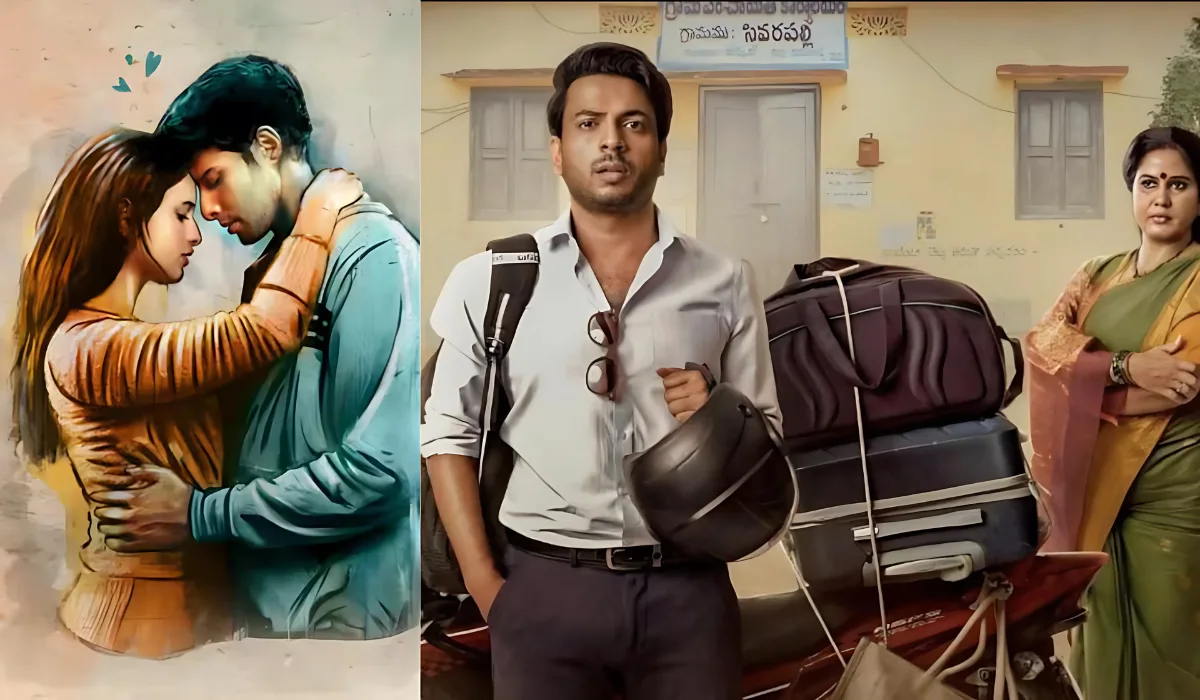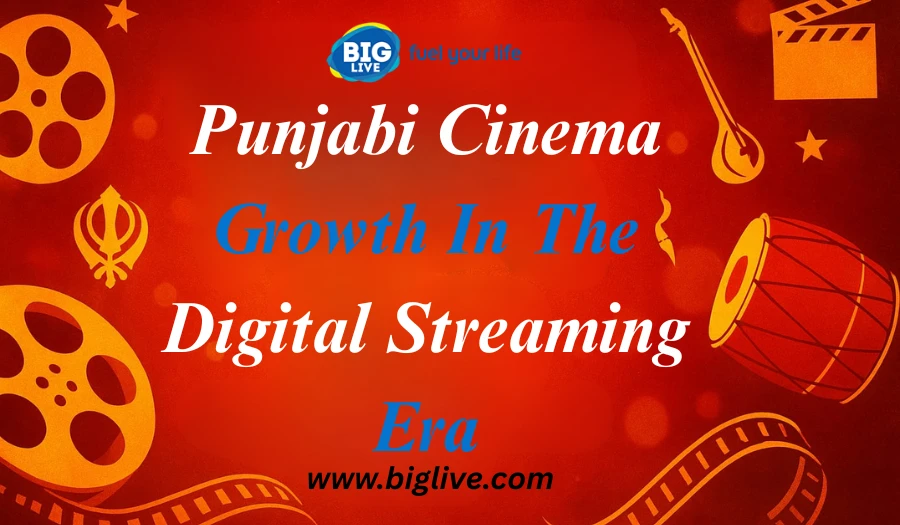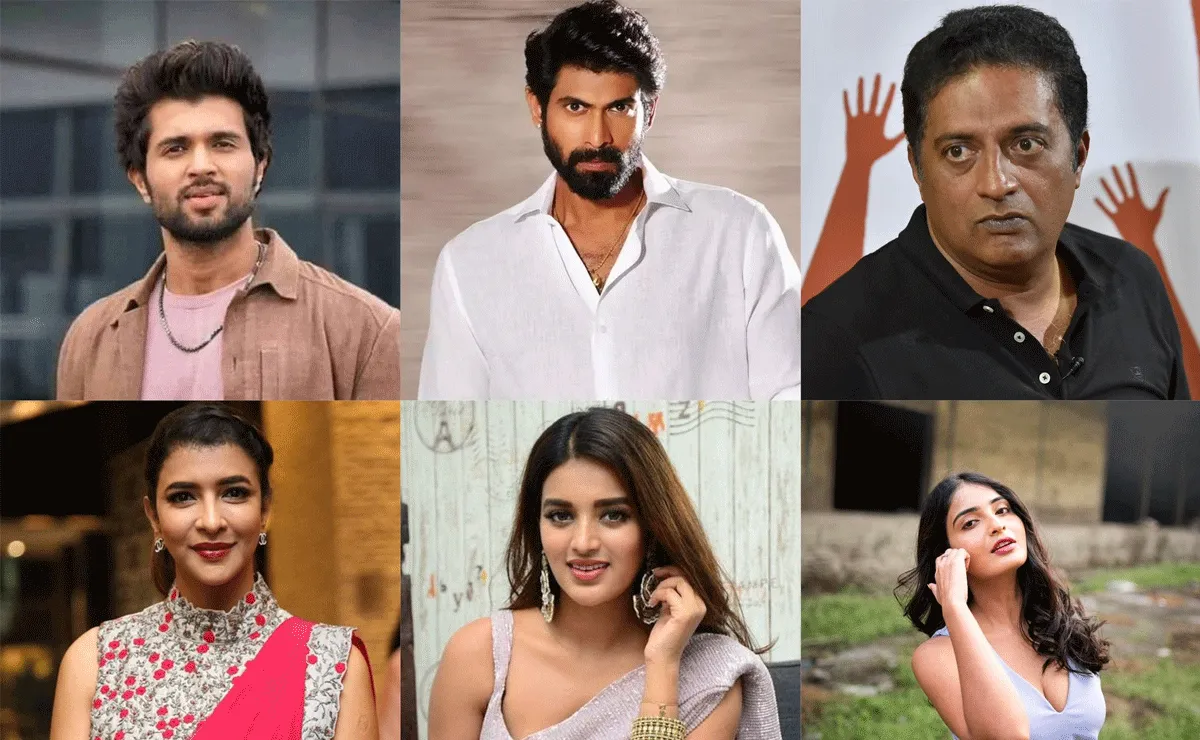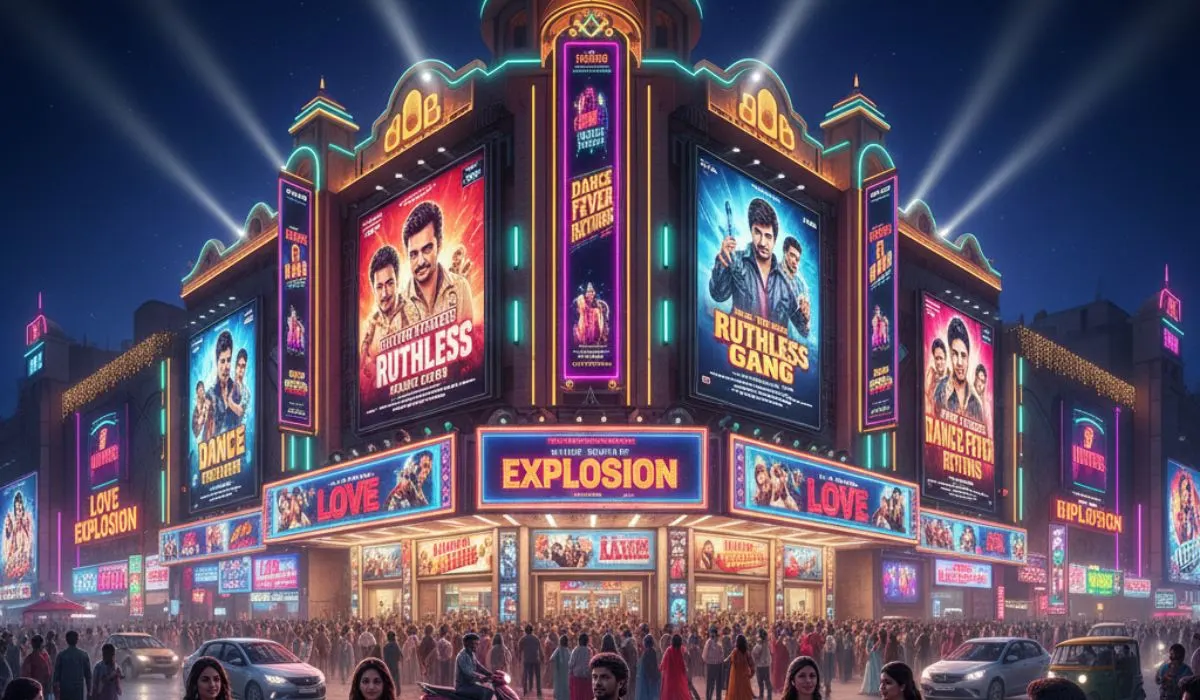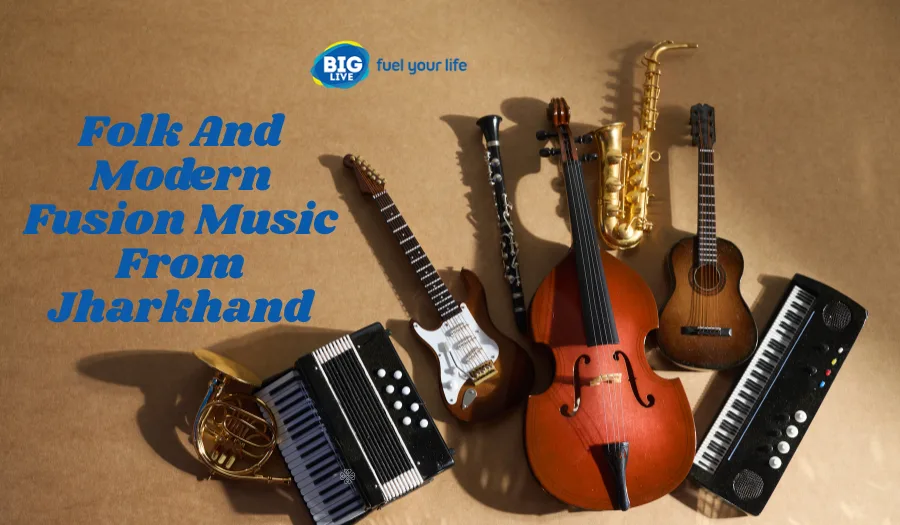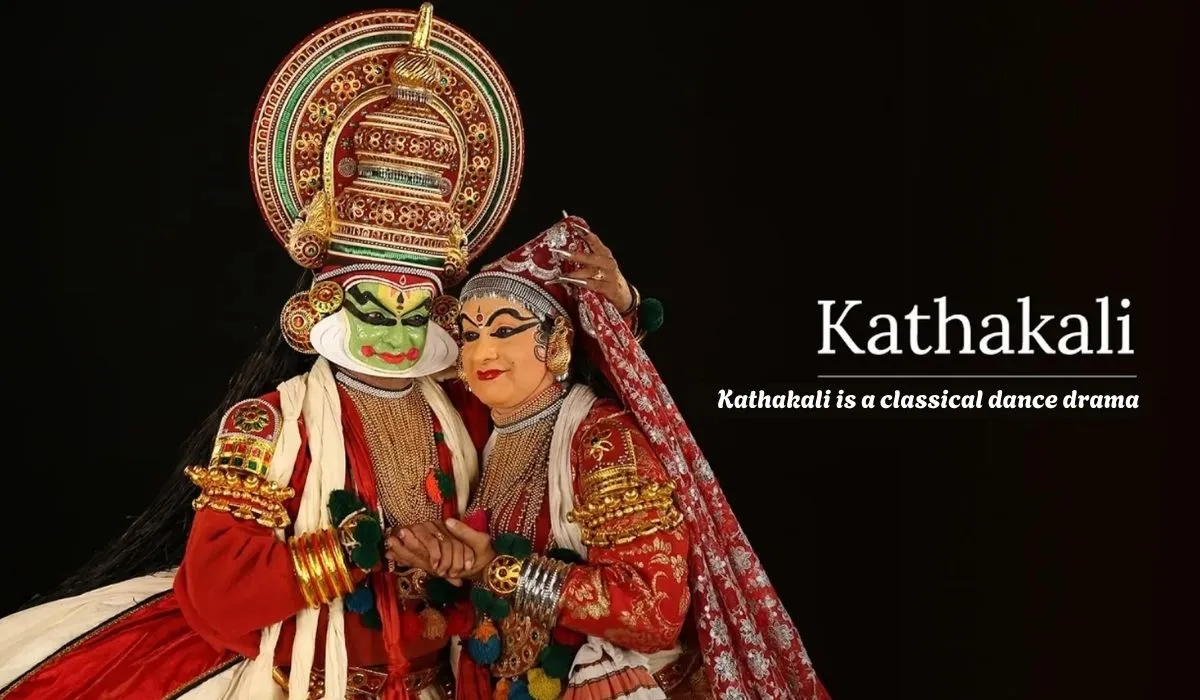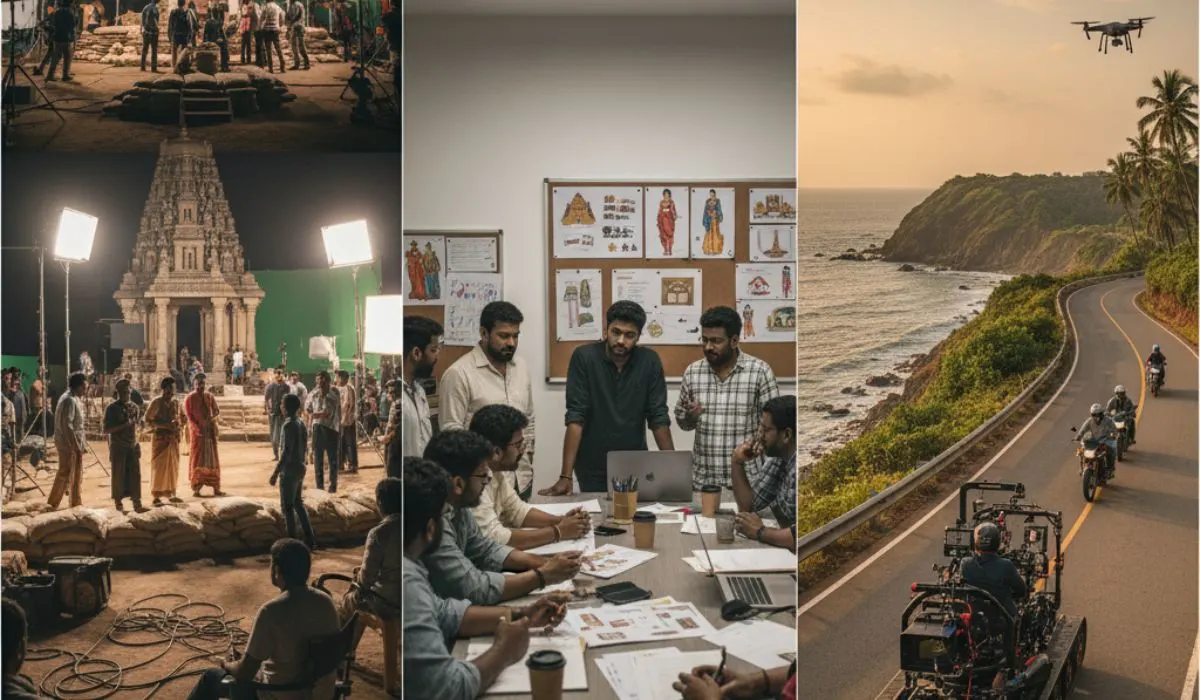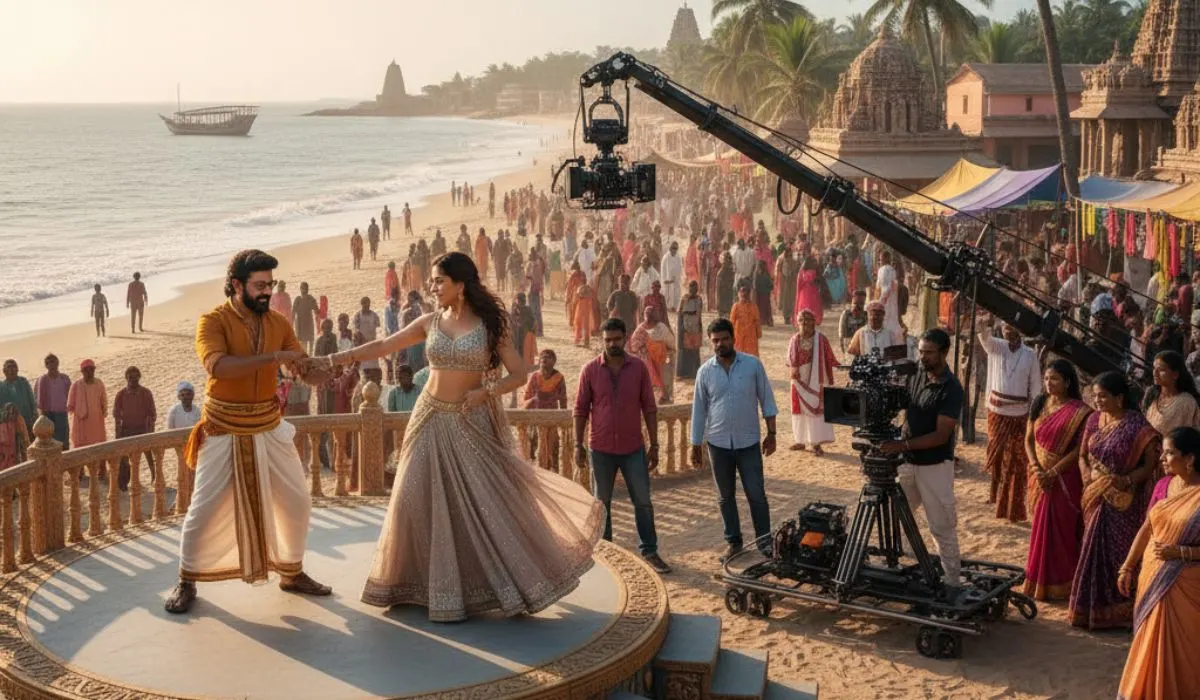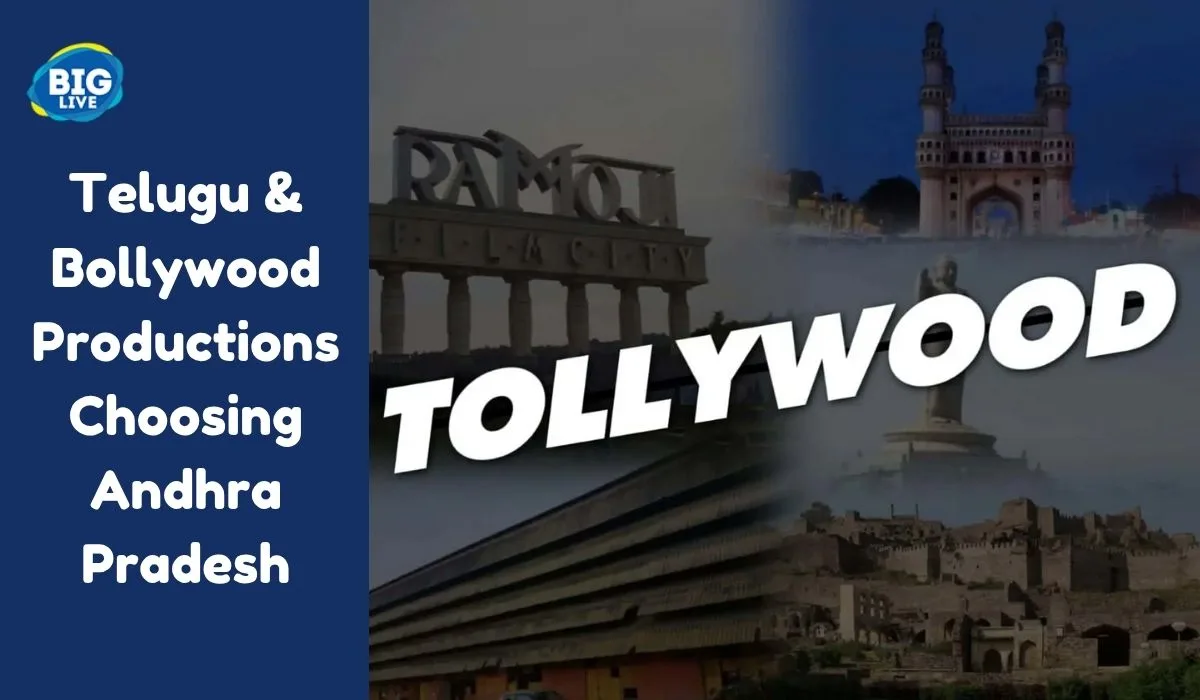Imagine two students falling in love in law college in Madhya Pradesh—except their entire world lies across a caste line. Dhadak 2, directed by Shazia Iqbal, stars Siddhant Chaturvedi as Neelesh (a lower-caste law student) and Triptii Dimri as Vidhi (from an upper-caste Brahmin family) . This film doesn’t shy away. It confronts caste discrimination, power imbalance, parental pressure, and social injustice—all under the guise of a deeply emotional love story People anticipated it not just for romance, but because it's a Hindi adaptation of the Tamil social drama Pariyerum Perumal, a story deeply rooted in caste politics
1. When and Where Dhadak 2 Lands
- Release Date: August 1, 2025 in cinemas national
- Location: Set in a Bhopallike Madhya Pradesh city, mixing tiertwo urban vibe and regulation faculty campus way of life
- Certification: The film got a UA certificate after 16 major edits, especially around caste language and visual references. Terms like “chamar” were sanitized to “junglee,” and controversial poems were altered
That delay and censor process show how sensitive—and important—the subject remains.
Read also: Meet the New and Old Virani Family: The Story Arc of Kyunki 2.0
2. Story Basics: Love and Class Clash
- Neelesh Ahirwar wins a law seat via reservation quota—yet he hides his surname in class to avoid stigma
- Vidhi, his classmate, recognizes caste oppression and stands up in opposition to it, even facing resistance from her own family.
- The caste fault-line isn’t just social—it’s violent, systemic, and painful.
A critic wrote: “That single line—‘If he was Dalit, no one would have touched him’—encapsulated centuries of discrimination”
3. Themes That Land Hard – Not Just on Screen
Caste Is Not Just Rural
Director Shazia Iqbal said that caste discrimination is everywhere—even in cities. Setting the film in urban Madhya Pradesh helps deliver that universality
The Cost of Silence
Neelesh lives in fear of speaking his identity. A core theme is what silence costs emotionally and socially
Police, Politics, and Power
The film invokes caste through visuals like portraits of Dr. Ambedkar and dialogue contextualizing politics embedded in everyday life
4. Performances That Haunt
Siddhant Chaturvedi as Neelesh
- Neelesh silently cowers under caste pressure yet gathers courage through love.
Triptii Dimri as Vidhi
- Vidhi brings a fierce empathy. Triptii called this role “emotionally challenging”—something she’s proud to play as a young actor
Together, they avoid over-the-top melodrama and aim for authenticity. Critics say emotion works best in smaller ritual moments rather than smothered expressions
5. Scenes That Stay with You
- Law college humiliation: Neelesh must suppress his surname in front of students—a moment that speaks volumes about identity erasure
- Neighborhood poverty: Sweeper families and muddy homes appear only in the background—but their absence in focus feels intentional, preserving distance—unlike the Tamil original.
- Final confrontation: A fiery dialogue about resisting silence, violence, injustice.
The reviewer wrote it “misses the bold roar it could be—but delivers nonetheless”
Read also: Original Cast Reunion Set Design and Vastu Drama
6. Why Madhya Pradesh Matters
Setting Identity
Madhya Pradesh hosts numerous OBC and Dalit groups—like the Lodhi and Gadaria communities—where castes are historically rooted and contemporary identity politics strong.
Law College as Battlefield
It’s civil society’s mirror—where equality is taught but hierarchy lingers. The campus becomes both hopeful and hostile. Thus the film’s realness comes—not just in plot, but in setting.
7. Censor Board Changes—Why They Matter
- Rewording slurs such as “chamar” to “junglee”
- Removing a couplet by Tulsidas and a Dalit poem
- Editing violent caste clashes
- Adding disclaimers to the start—enhances film’s sensitivity
8. Audience Insights: What Makes People React
- Young couples say, “This is real—not unrealistic Bollywood.”
- Marginalized voices feel seen—finally.
- Some upper-caste viewers feel uncomfortable with commentary.
- Some traditional critics say the Hindi version lacks the fiery lens of the Tamil original.
- Still, conversations happen. That’s one sign change is coming.
Read also: Hashtags That Are Making Bengal Insta-Famous/strong>
9. Takeaways for Teens, Young Adults & Families
- Teens: Learn that love can confront injustice— it’s not just drama, it’s real.
- College-age: Notice micro-aggressions—like name erasure—and identify power in speech vs silence.
- Families: Ideal conversation starter about caste, tradition, identity, and modern marriage.
- Older viewing generations: Recognition that caste-based bias lingers—even in educated Indian classrooms.
It’s not entertainment alone—it’s a dialogue starter.
10. Final Thoughts: Strength and Grit in Storytelling
Despite criticisms for softening, Dhadak 2 tries to bring caste politics into mainstream Hindi storytelling. In a country still grappling with these issues, that effort counts. Both lead actors and director seem to carry real emotional stakes. They’re not playing roles—they’re living them—and confident they’ll stir viewers. Not just tear-jerks, but critical thought. It’s why Dhadak 2 matters: not for its romance, but for its refusal to sugarcoat social divisions.



